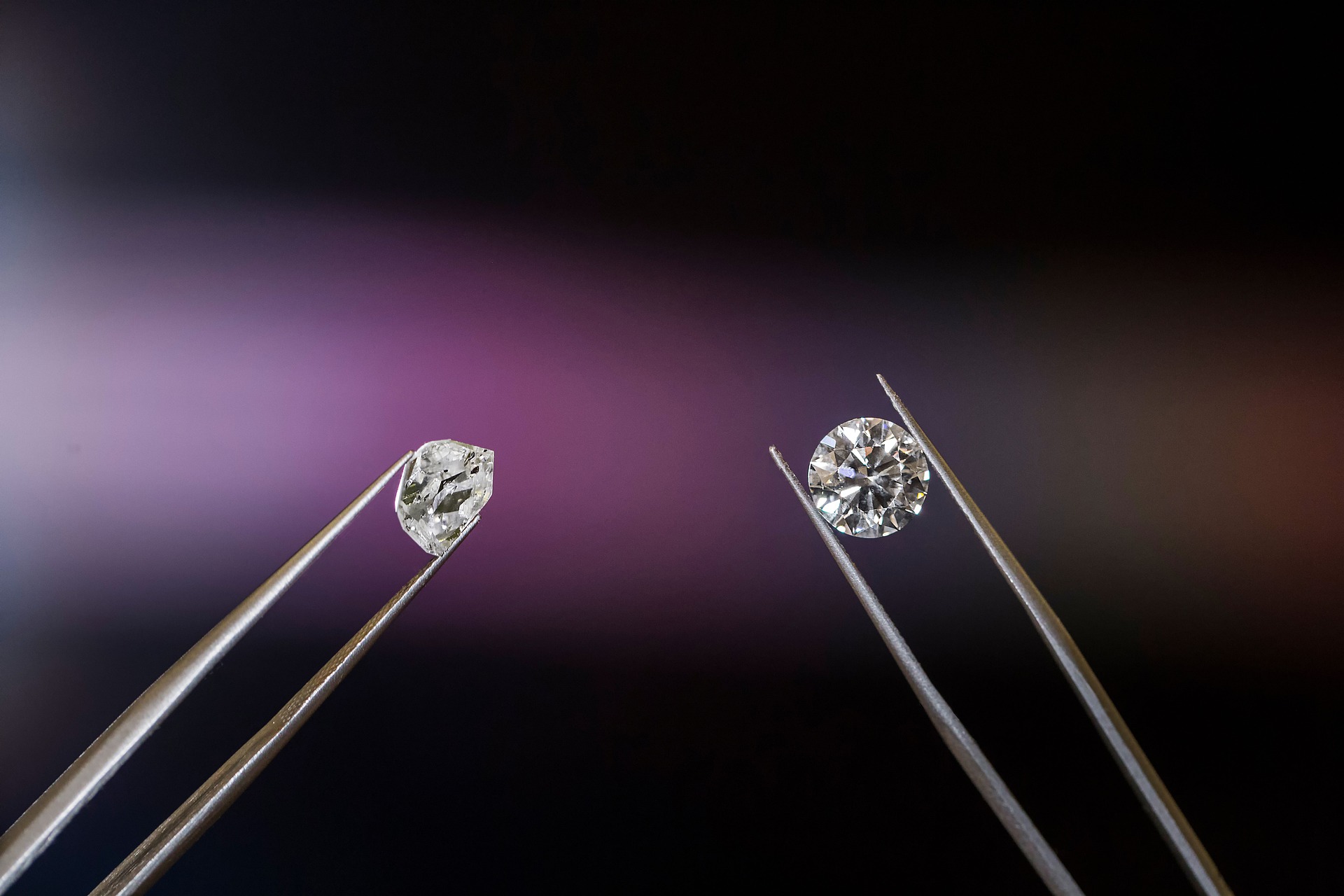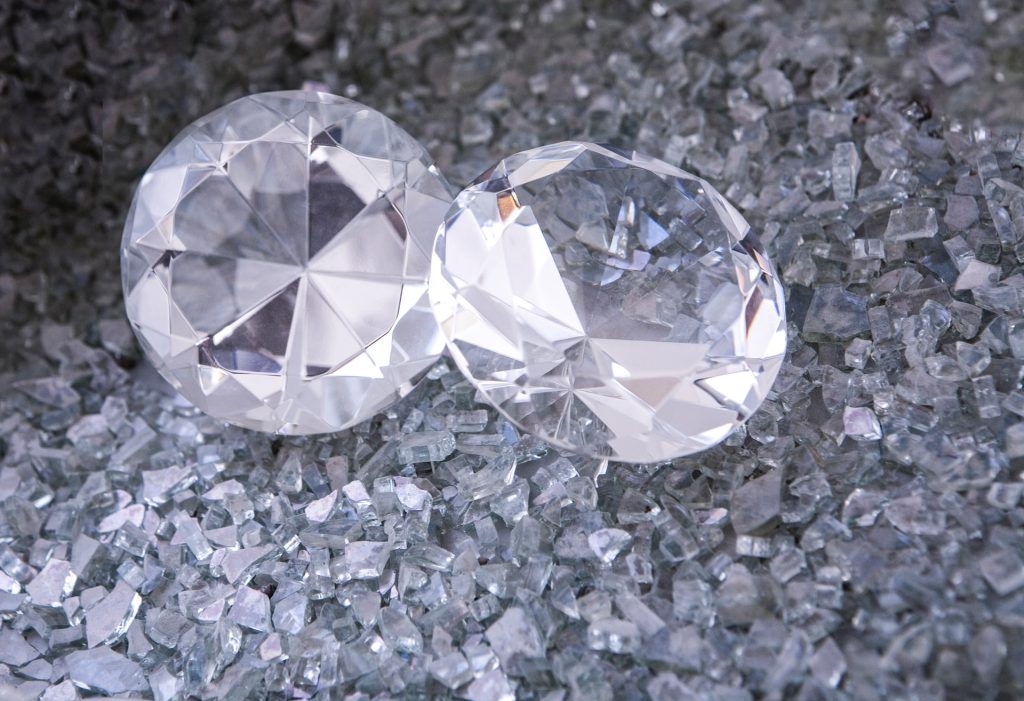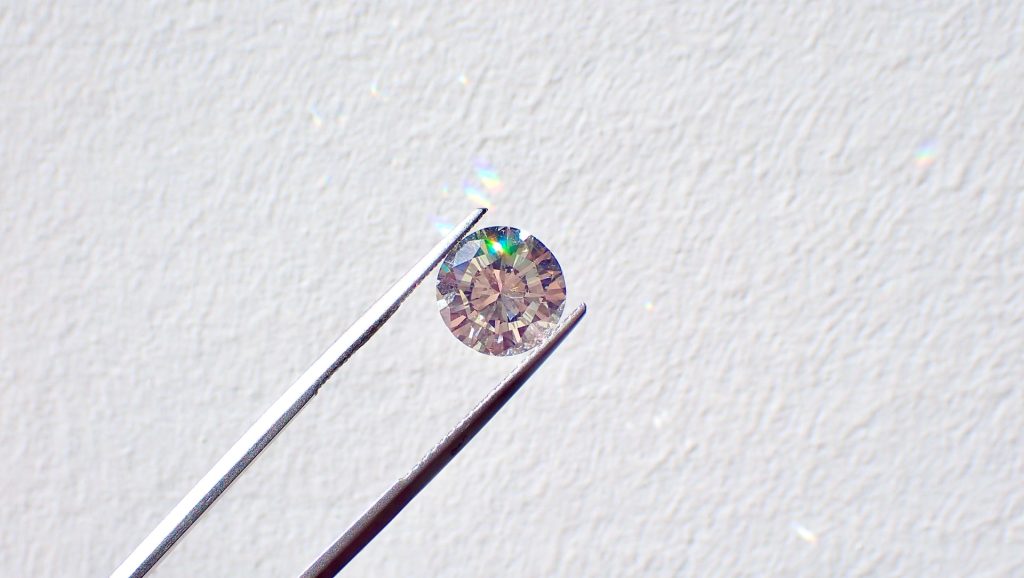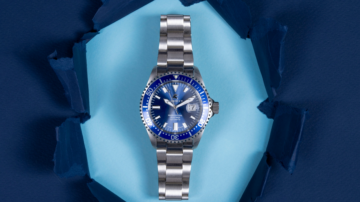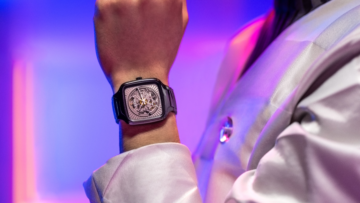Lab grown diamonds are one of the biggest ever developments within the jewellery industry. Scientists have managed to replicate the natural process of growing diamonds in a laboratory setting. This has had a massive influence on the jewellery industry as it makes diamonds more affordable and accessible to a larger group of people. These beautiful gemstones have fascinated jewellery collectors and are quickly becoming more prevalent in jewellery stores worldwide. There are many misconceptions and misunderstandings about lab grown diamonds, so today we will weigh up the pros and cons and offer an explanation of how they are created.
What are lab grown diamonds?
Lab grown diamonds are exactly as they sound, gems that have been created in a laboratory. Fundamentally, the only difference between natural and lab diamonds is that one is man-made whilst the other forms in nature. It is virtually impossible to tell the difference between the two, even to a trained eye. The two types of diamond have an almost identical chemical structure, giving them an incredibly similar appearance. However, a jeweller or gemologist must declare if a diamond is lab grown, and the relevant certifications should be provided. Lab diamonds come in the same range of quality as natural ones as they are developed in the same way. This means that some lab grown diamonds have inclusions and variations in colour.
How are they created?
The process of creating a lab grown diamond starts with what is known as a seed. This is a very small piece of diamond. The seed is coated in pure carbon and sealed inside a chamber that is designed to mimic the conditions within the Earth’s crust. This means that the lab grown process is as close to the natural growth process as possible. From here, there are two methods that can be used. The first is High Pressure – High Temperature. This uses 1500°C of heat and 1.5 million pounds per square inch of pressure to form a diamond. The alternative method is Chemical Vapour Deposition. This uses less heat and pressure and instead relies on a mixture of chemical gases. These gases break down and harden into crystallised carbon atoms.
Are lab diamonds good?
After learning about lab grown diamonds and how they are created, we are still left with the question ‘are lab grown diamonds good?’. There are many perks to buying lab grown diamonds rather than natural ones. However, there are also a few downsides. Lab grown diamonds are a more sustainable and ethical option as they do not require mining. This may help the jewellery industry overcome the concerns that have been raised over the environmental and humanitarian repercussions of natural diamond mining. However, the process of growing diamonds in a laboratory is fairly carbon intensive, so may not be entirely environmentally friendly.
Lab grown diamonds are just as hard and strong as natural diamonds. Both options are rated at a 10 on the Mohs scale. Lab grown diamonds are also cheaper, making them much more accessible. The lower cost is caused by an uncapped supply. However, this does mean that as more are produced, their values will rapidly decrease. This means that natural diamonds are still the better investment choice. Overall, lab grown diamonds are incredibly similar to the natural alternative, making them a great affordable choice. The choice between a natural and a lab grown diamond is entirely dependent upon the wearer’s own opinion, taste and intentions.
What did you think of this guide? Did you learn anything new? Let us know in the comments!

